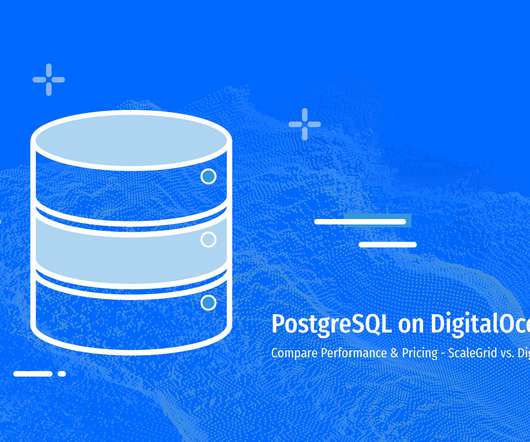PostgreSQL Connection Pooling: Part 4 – PgBouncer vs. Pgpool-II
Scalegrid
JULY 29, 2020
In our previous posts in this series, we spoke at length about using PgBouncer and Pgpool-II , the connection pool architecture and pros and cons of leveraging one for your PostgreSQL deployment. Performance Testing. For good measure, we ran the same tests without a connection pooler too. Testing Conditions.














Let's personalize your content